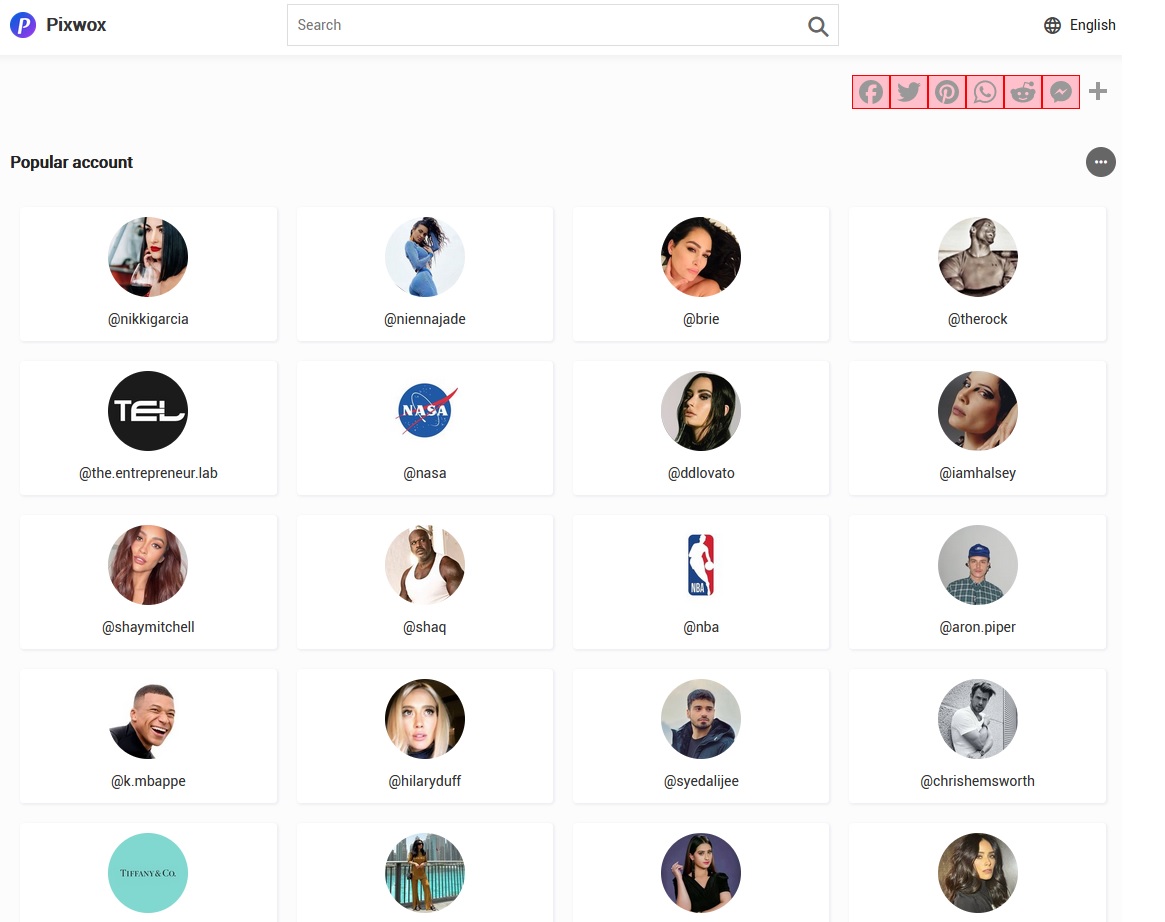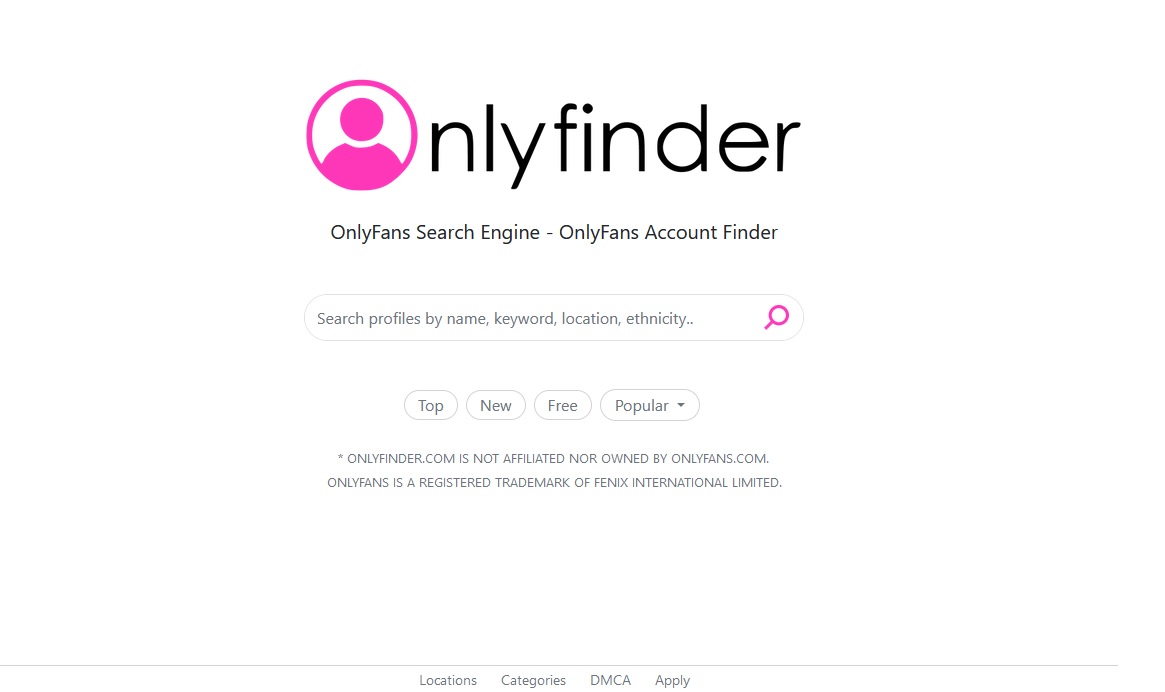Digital marketing is an essential strategy for every business, not just tech-forward organizations. Your audience is online for hours a day for work and entertainment. If you’re not yet prioritizing your digital marketing efforts, now’s the time to start.
Like it or not, your digital presence validates your existence and expertise. Consumers are discerning: If you don’t seem “real” online, you can be seen as incompetent at best, a scam at worst. Don’t let a lagging digital presence detract from your very real — and very qualified — business. Instead, lean into today’s digital marketing trends to convey your expertise and reach the right customers online.
1. Optimize Your Website to Inspire Discovery
Your website serves as more than just your business card — it’s your digital front door. Just as your threshold welcomes visitors, it also says who you are. Review your current web presence to determine whether it’s sending the right message.
Beyond your brand package, your website must be clear about what you do and whom you serve. While baseline websites command at least a general overview, modern digital marketing requires radical candor. To create a fresh web presence that brings customers in and holds them, optimize your website to inspire discovery.
The art of discovery requires more than just beautiful graphics — discovery requires piquing your visitor’s interest. But to pique their interest, you’ll need to get them to your site in the first place. One way of doing that is through search engine optimization. This process improves both the quality and quantity of your web traffic using multiple strategies. Depending on your business, some SEO methods may make more sense than others.
If you’re a divorce attorney, your law firm SEO approach to attracting clients will differ from the tactics a salon owner would use. Where they might feature makeover videos, you can highlight your expertise in blog posts and webinars. In your onsite content, focus on the concerns of your likely audience. Targeting short- and long-tail keywords like “custody agreement” and “Which states have no-fault divorce?” will draw the attention of those who need your services.
2. Create a Content Library So Useful You Could Charge for It
The days of clickbait content are behind us. While that fact should incite a sigh of relief from readers everywhere, it does call for a robust content strategy. Content has long been the driving force for marketing, but it’s the method of delivery that often shifts.
Today, the secret behind great content is truth. Consumers are attacked daily with claims of greatness from companies vying for their hard-earned money. It’s hard to know who is truly there to help and offers a quality solution. Cut through the noise with content and build trust with your audience while improving your bottom line.
Consumers have been used to corporate gatekeeping for generations. By reserving trade secrets or industry information behind paywalls or salespeople, companies have distanced themselves from their customers. While trade secrets are worth protecting, creating an “us versus them” dynamic does little to evoke trust. Instead, create a content library so full of useful information that your readers would be happy to pay for it.
A heating and air conditioning company could build a homeowner-centric library of information for both maintenance and problem-solving. Topics ranging from how to maintain your HVAC system to how to troubleshoot a clogged condensation line make for helpful articles. Readers can rely on your expert advice during a panicked situation to get their home back up and running. And when they need their annual maintenance completed or their system replaced, you’ll be the first one they call.
3. Create a Social Media Presence That Builds Relationships
Today, social media is for much more than keeping up with high school friends. One or another of these platforms is often the first app people open up each day, despite productivity experts’ recommendations. While some social sites skew more entertainment-focused, others serve as a source of truth for businesses.
At a baseline level, Facebook has established itself as an essential business component, even making websites optional for small businesses. While eliminating a website isn’t recommended for your digital marketing efforts, it does indicate the power of Facebook. Page owners can use the channel to establish business hours, share information, and even converse with customers.
Frequently, customers start their search for any need, desire, or question online. When it comes time to contact a business for information, the last thing they’ll reach for is a handset. But they will open an app, making two-way communication through social channels a must-have part of your digital marketing strategy.
Think beyond sharing “me-centric” updates on your business wins and expertise and take a hint from your content. Leverage your existing, helpful content library to develop complementary social media posts. Keep things relevant and timely to spark conversations and add calls to action or questions to create dialogue. The more you open up to conversations, and the larger your body of knowledge, the more devoted your follower base will be.
Be Ready to Adapt as Technology and Trends Emerge
Digital marketing developments change almost as quickly as fashion trends. This means that you’ll need to stay abreast of what’s trending in the digital space no matter your industry. That said, keeping up to date on trends is only half the challenge. You also need to develop a filter for what will work for you, your business, and your ideal clients.
Dance trends may be fun to watch on TikTok and Reels, but social trends aren’t a route to getting attention for your business. Clients searching for solutions regarding serious matters like child custody or a furnace outage will likely prefer expertise over break dancing. By deploying a digital marketing strategy that’s both fresh and relevant, you’ll resonate with the right customers and grow your business.








Add Comment